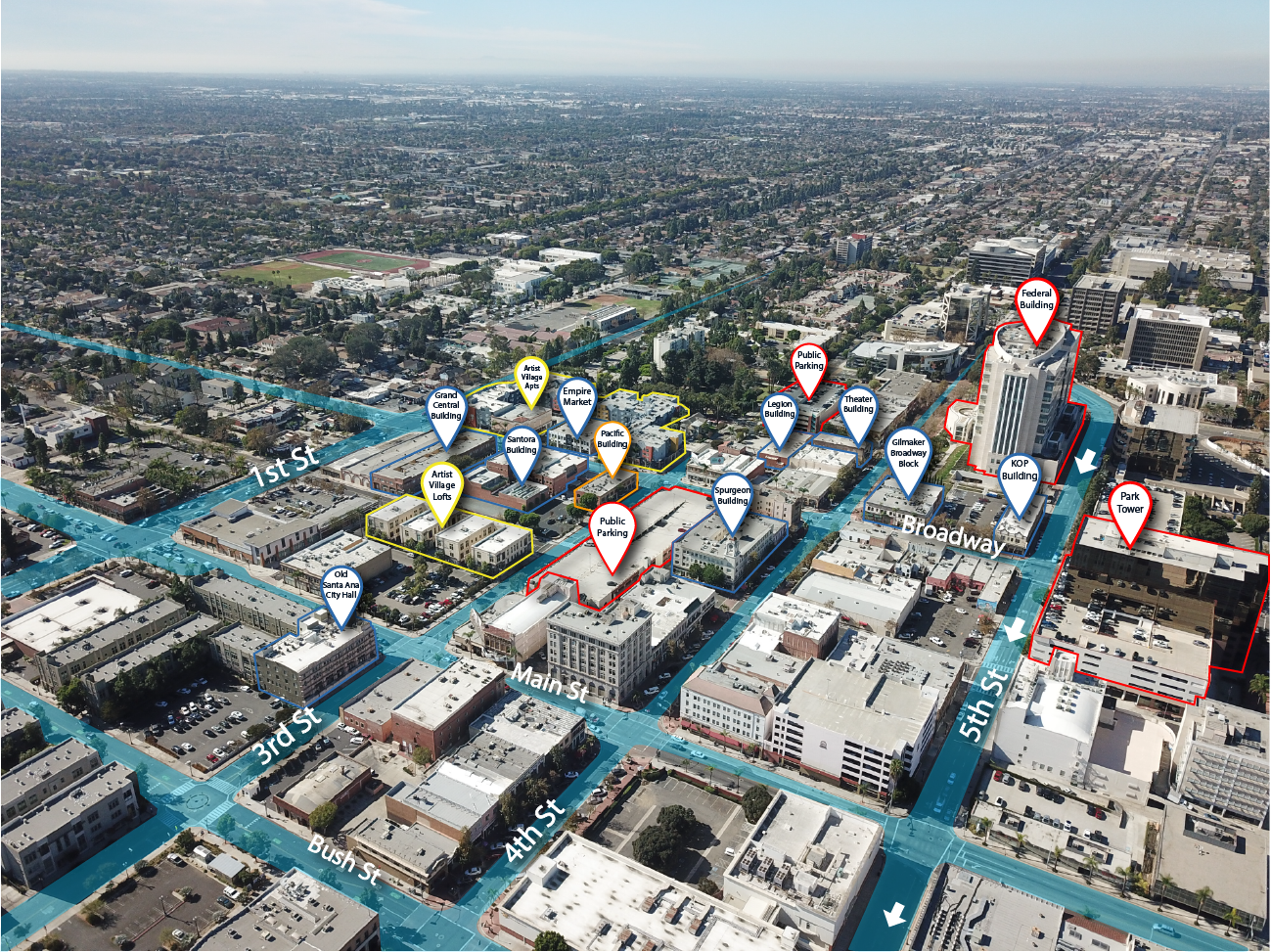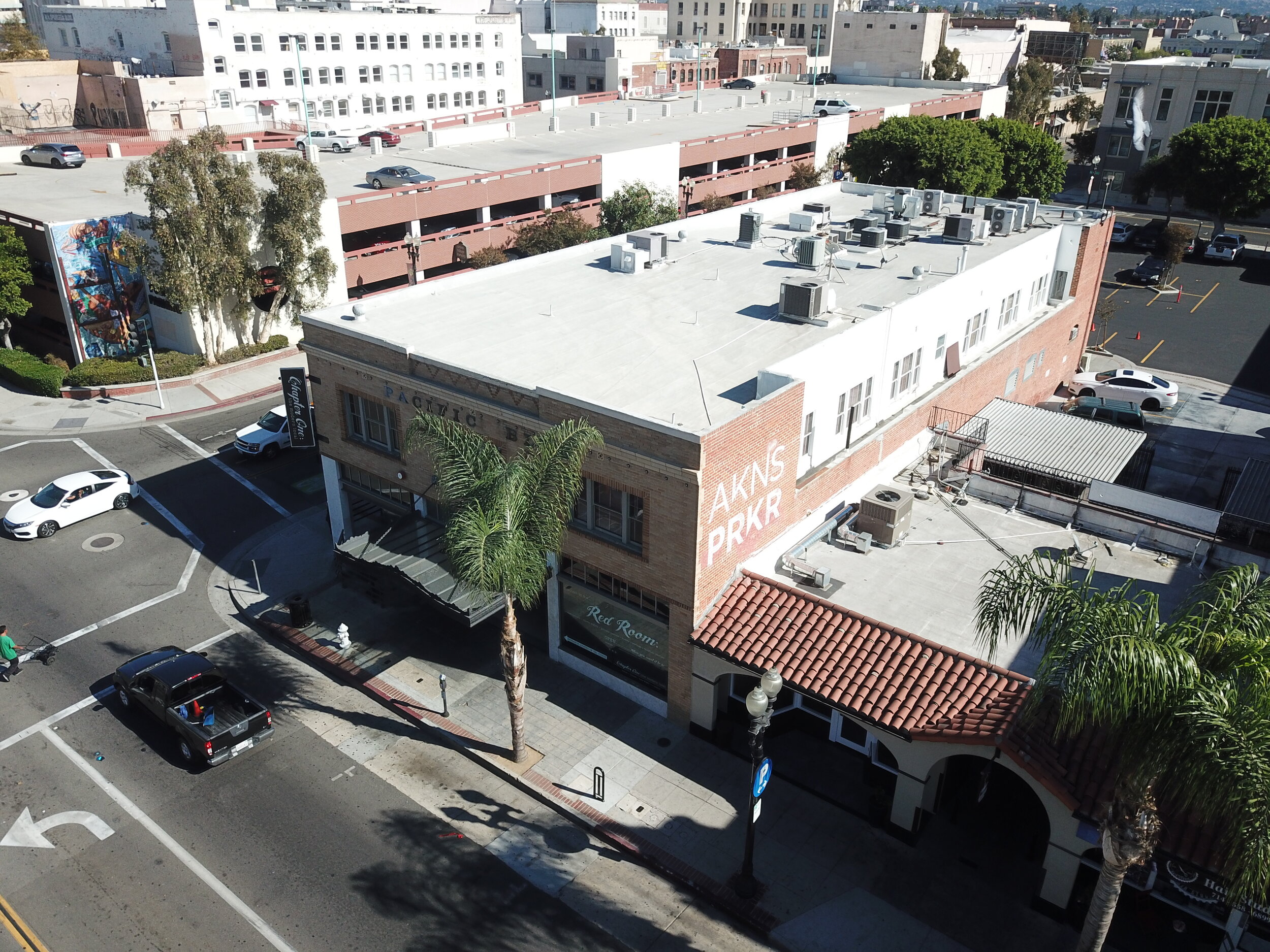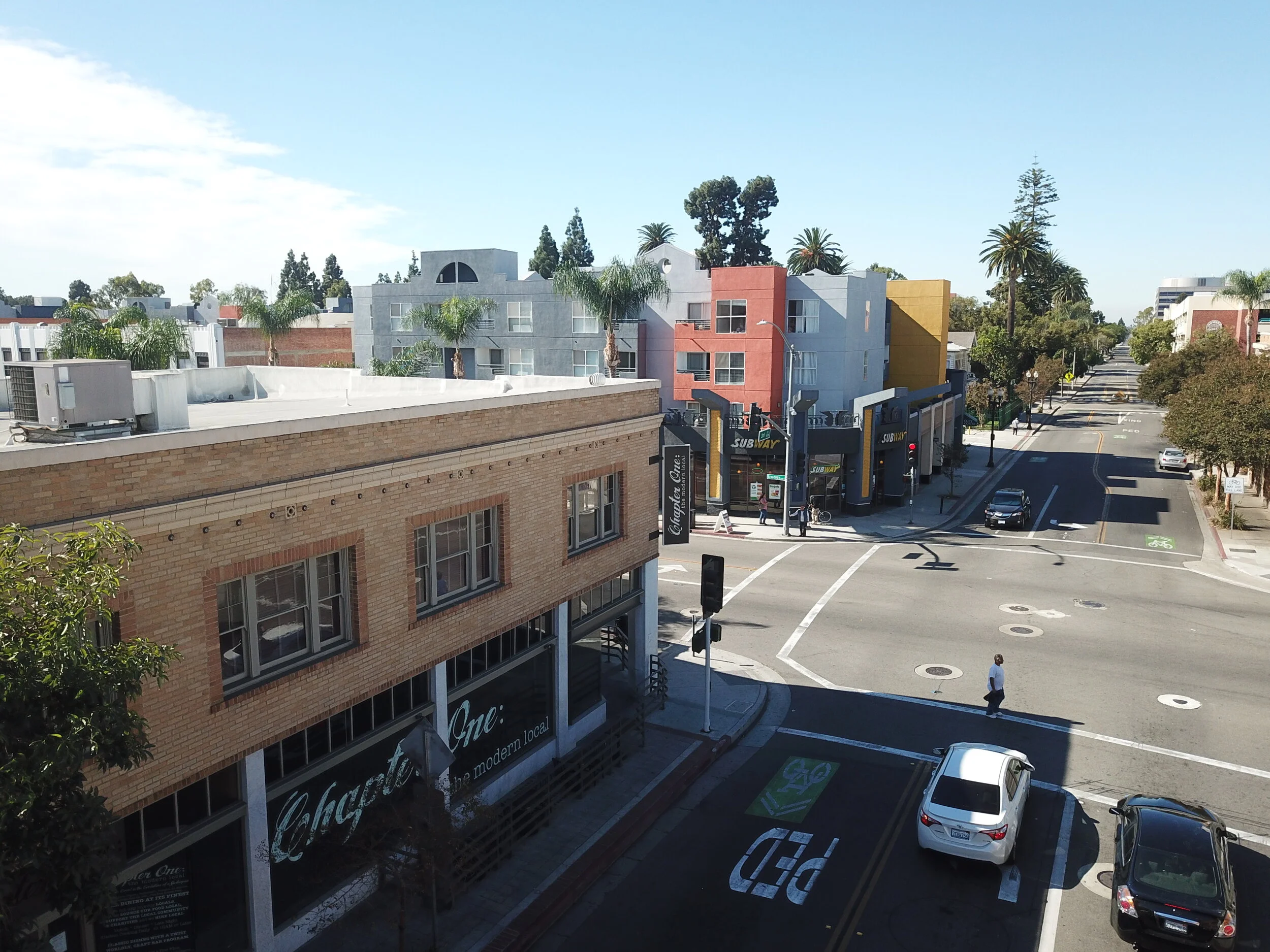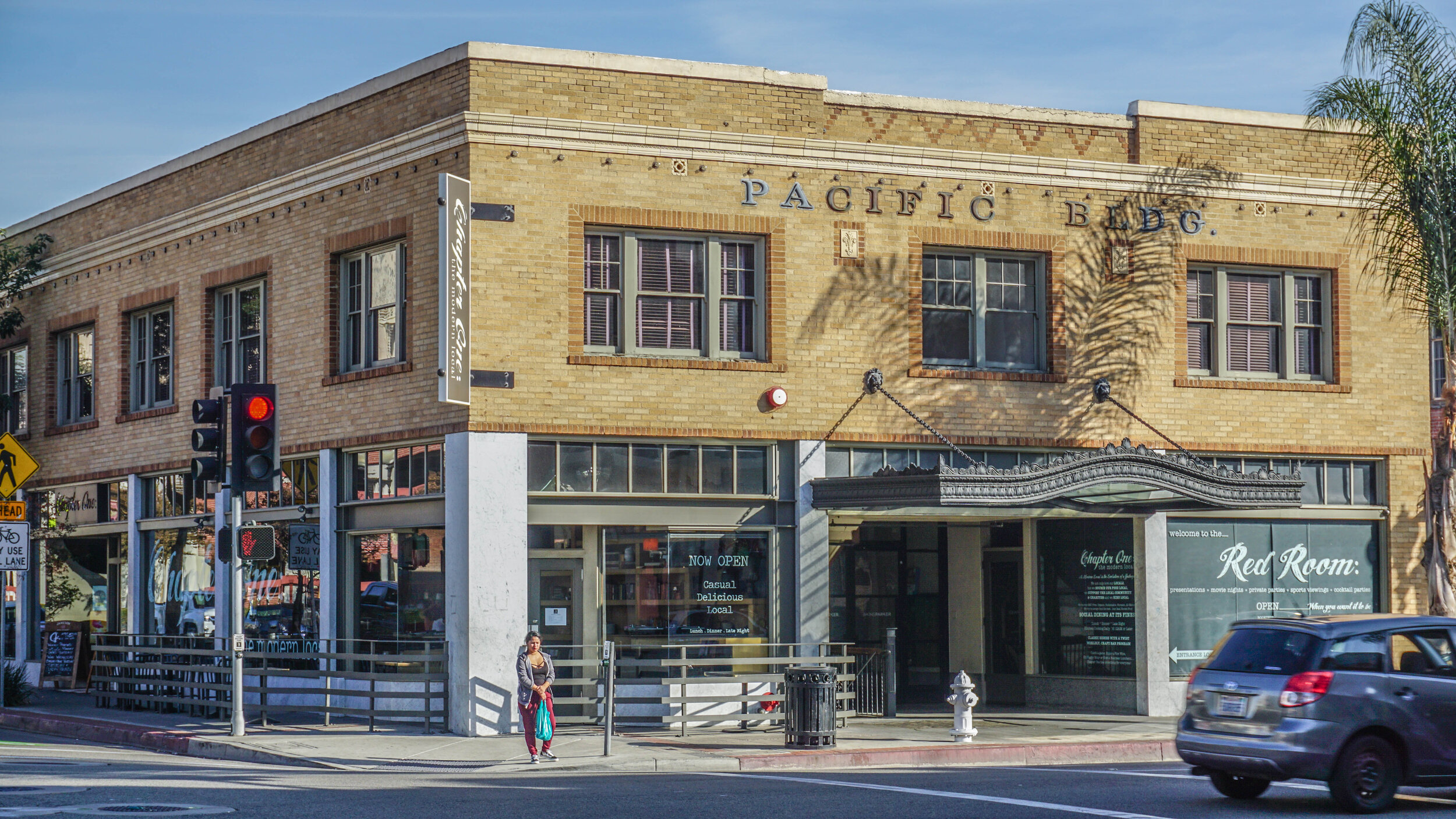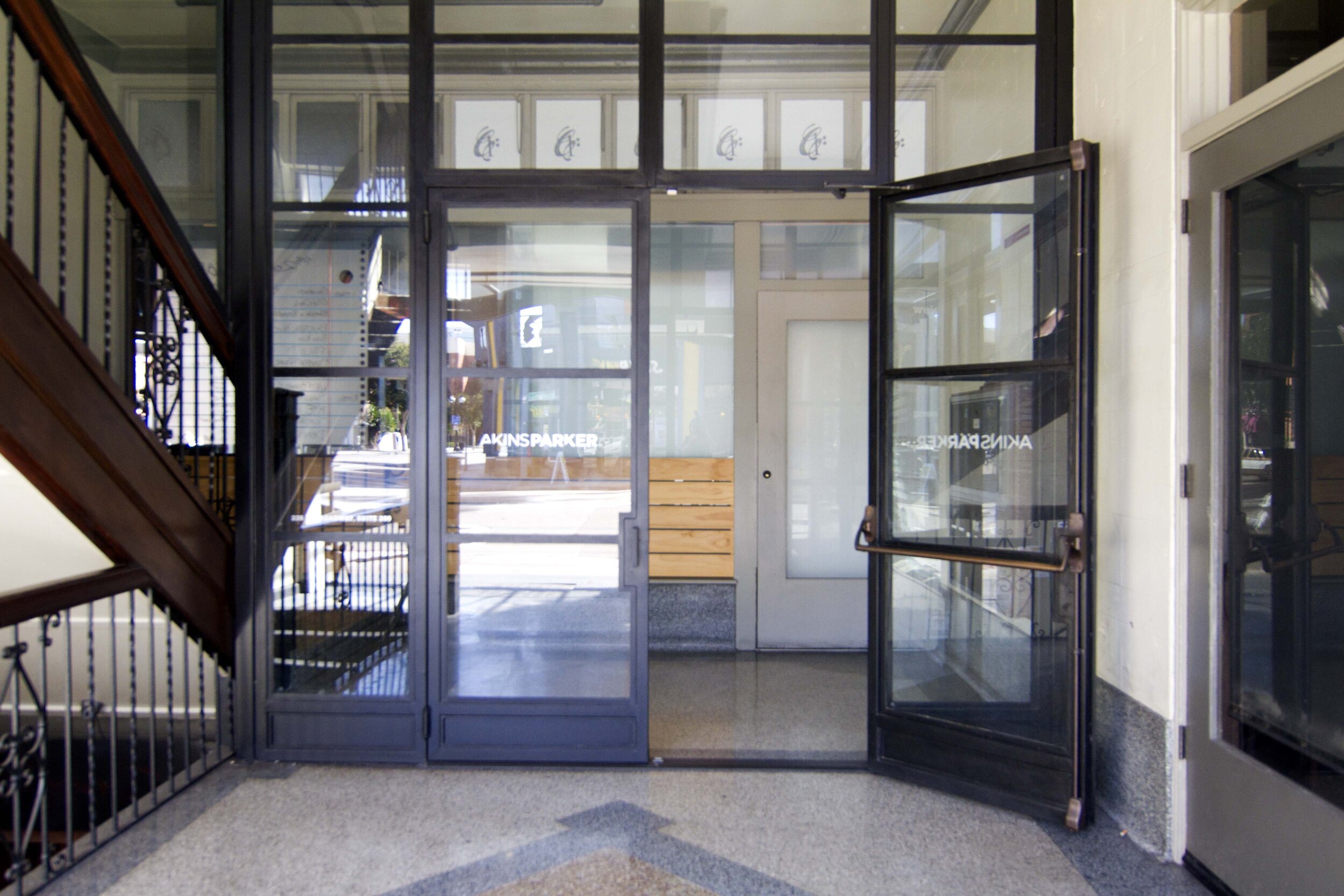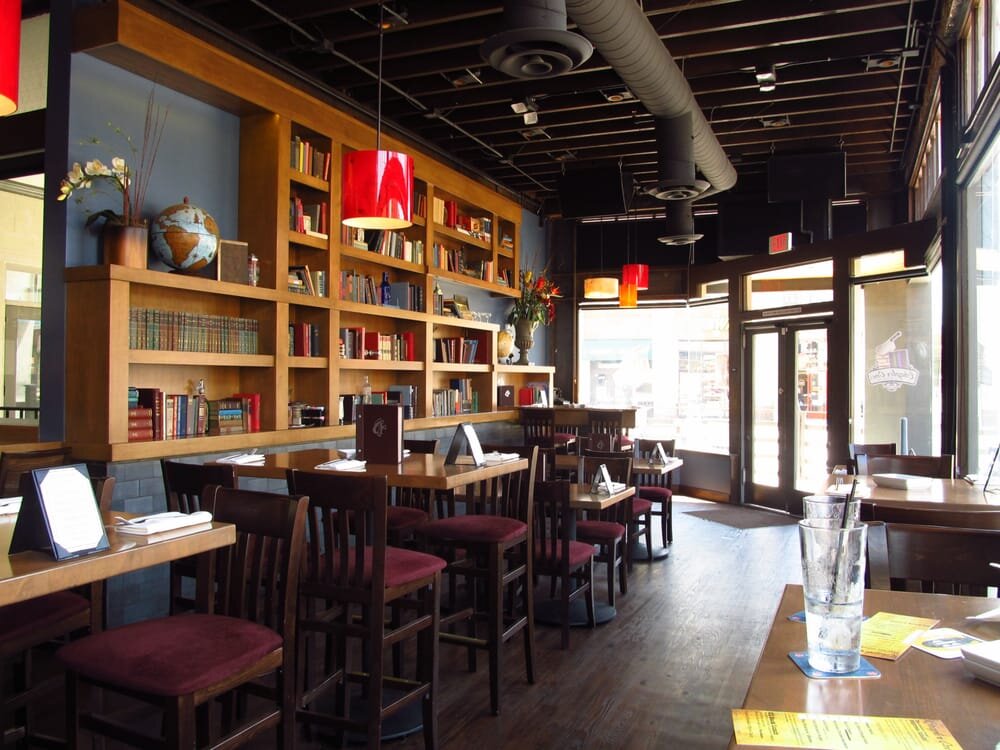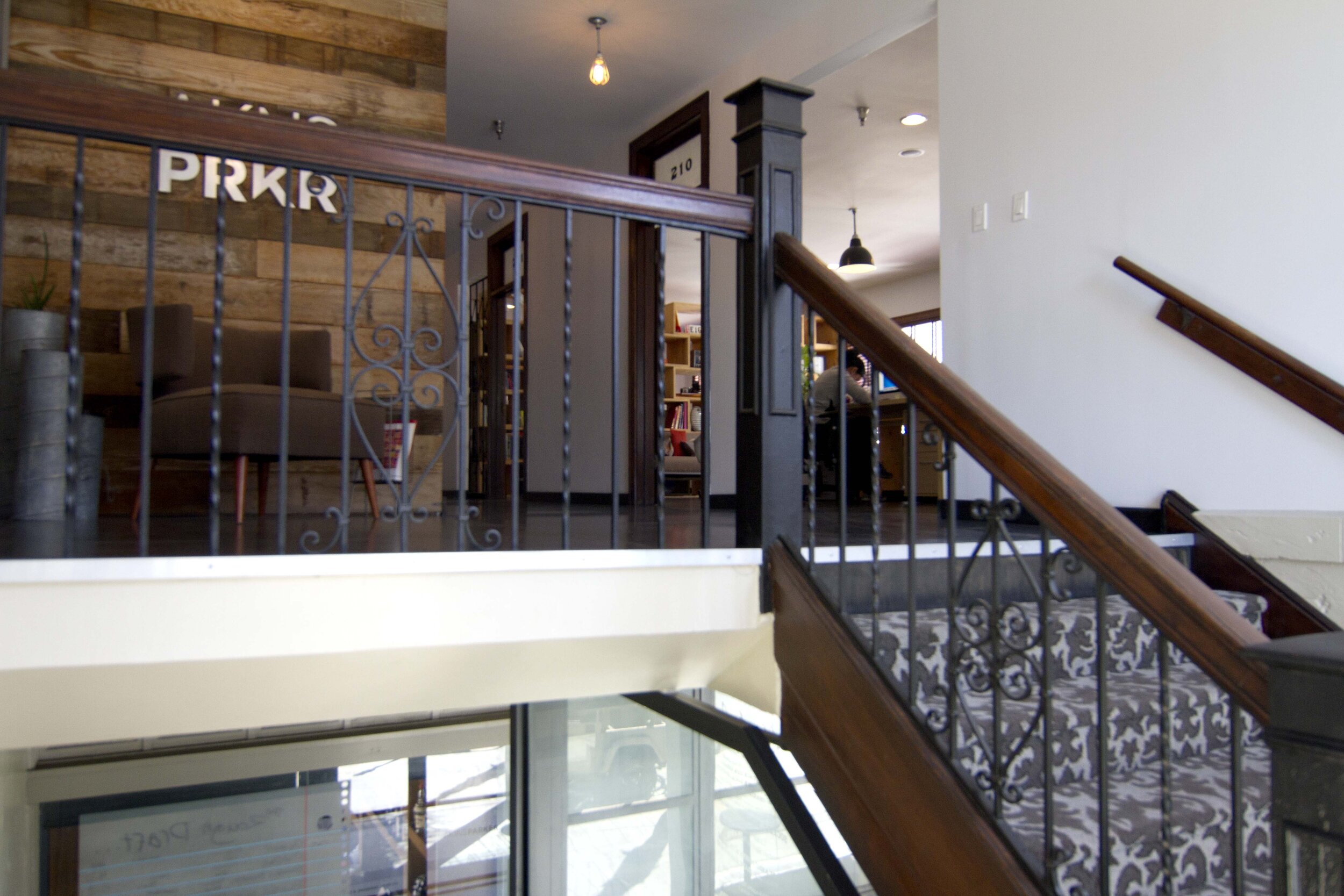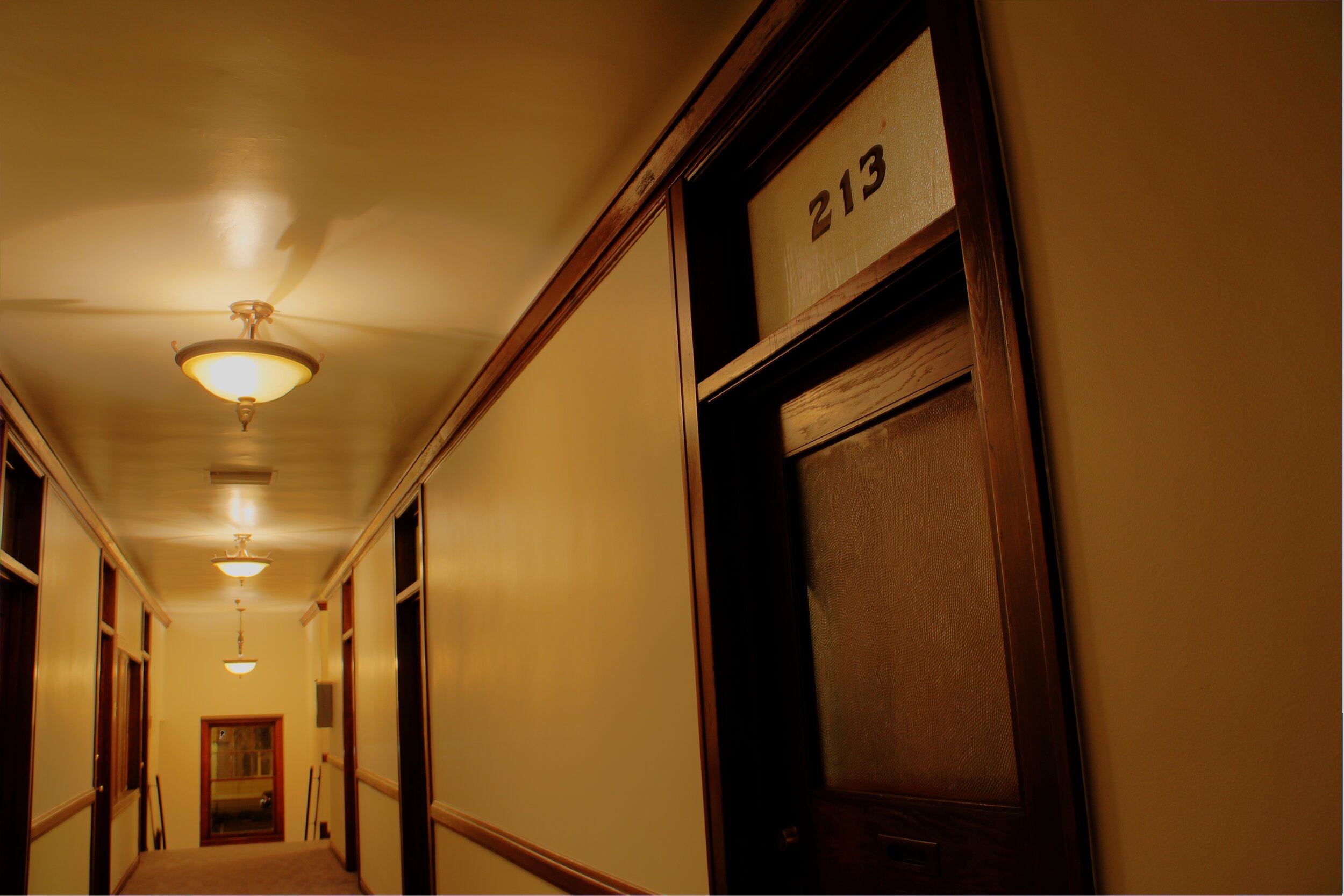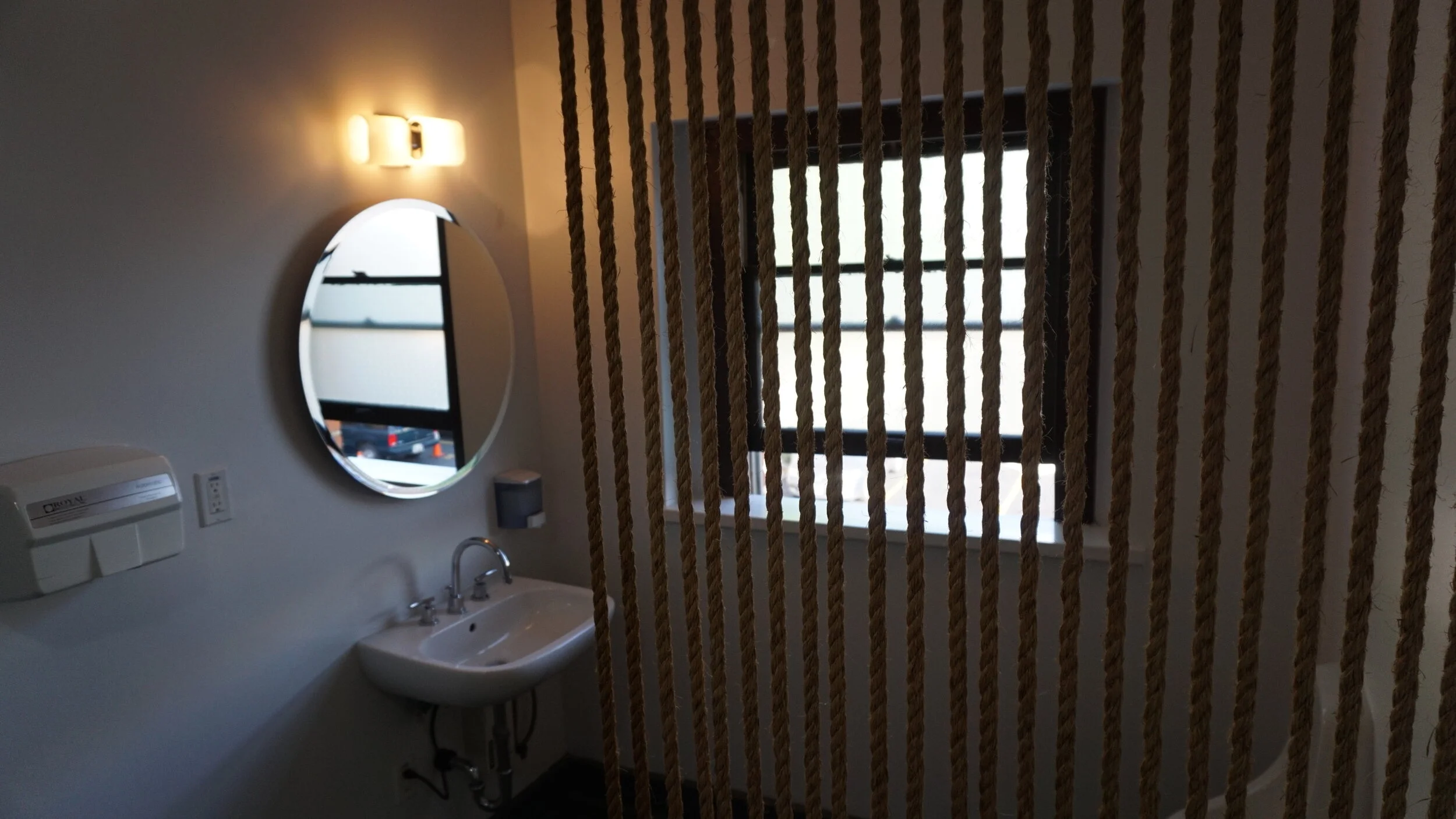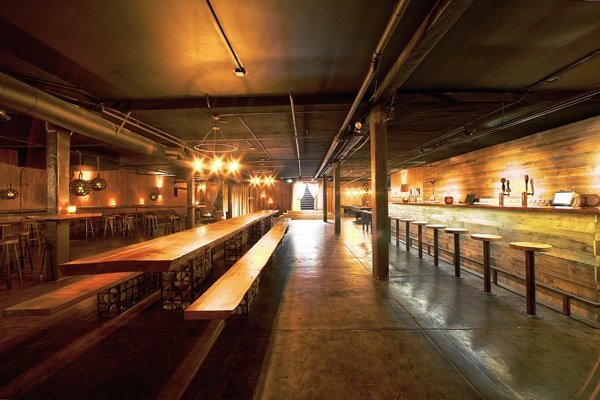HISTORY & OVERVIEW
The late 19th and 20th-century revival of the Italian Renaissance style were popular from the late 19th century until 1930. It was inspired by the designs of the palazzi of northern Italy and popularized by American architects McKim, Mead, and White. Utilized in public buildings and ornate homes, the vocabulary of the style also influenced the appearance of commercial buildings. Characteristic features generally include masonry construction, often with different treatments on lower and upper stories; stringcourses or belt courses between stories; flat roofs screened by parapets or hipped roofs; cornices, dentils, pilasters, quoins, and other classical details; and a balanced, often symmetrical appearance. Taller, more elaborate buildings often feature terracotta facade cladding or ornamentation while more modest one to three-story examples utilizes bricks of contrasting colors as trim. Ground floors of multi-story buildings often housed banking rooms; more modest buildings may contain storefronts with recessed entries and large plate glass display windows with transoms and bulkheads. Upper story windows are most commonly one-over-one wood-framed double-hung sash.





